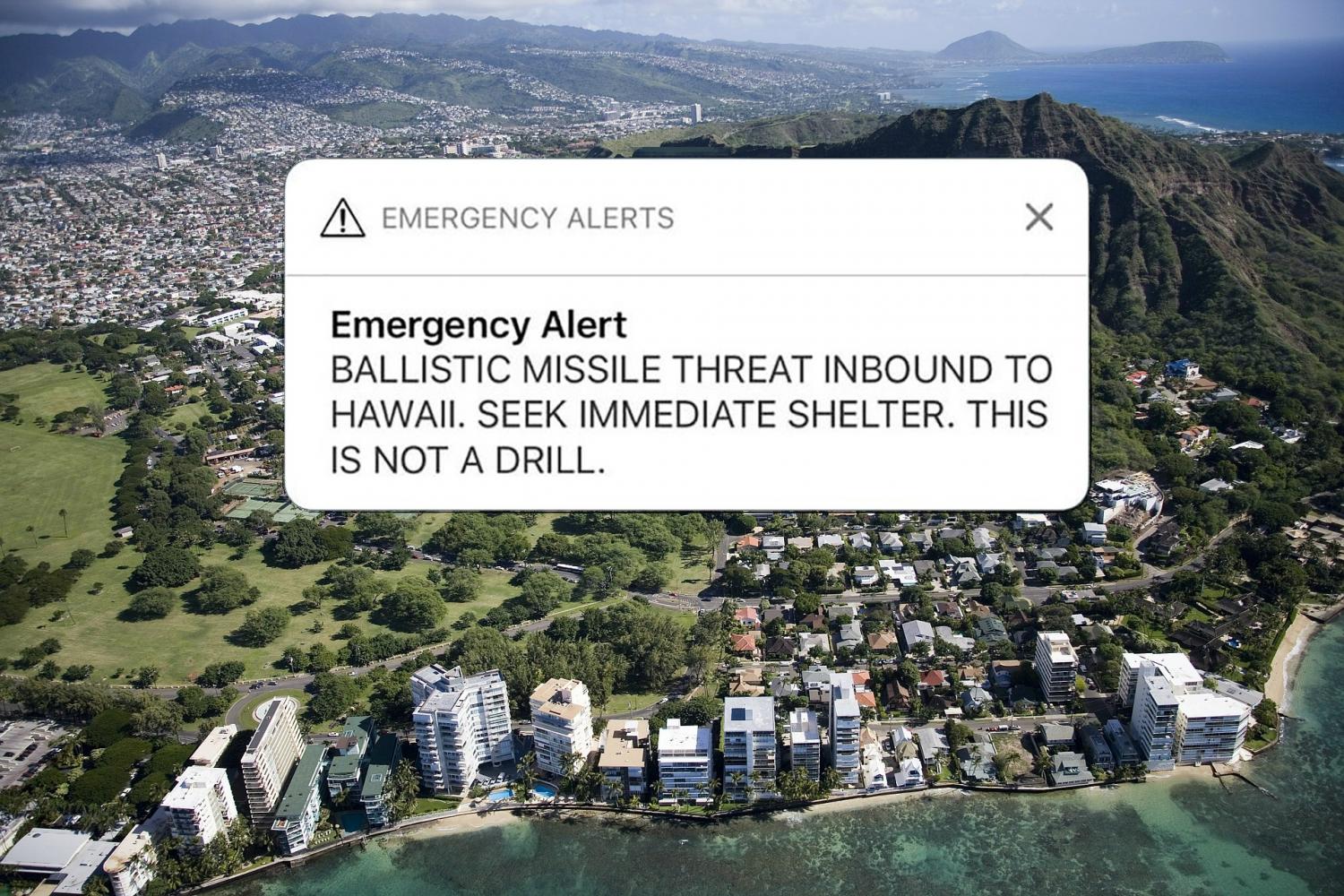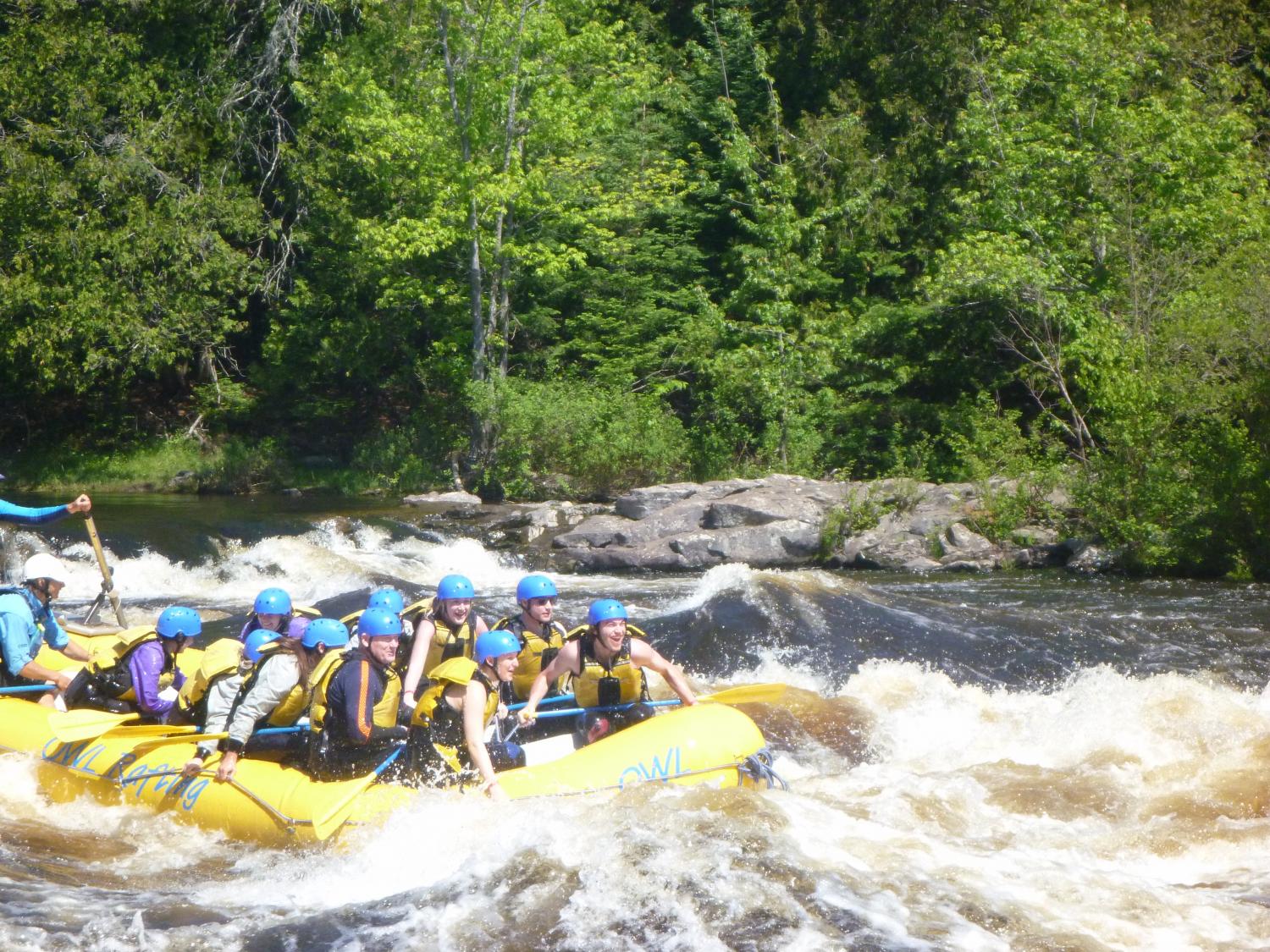
The Hawaiian Missile Crisis: A Failure of Emergency Preparedness
By Matthew Fisher
January 13, 2018 – Honolulu, Hawaii
I was at Honolulu International Airport – next to Pearl Harbor and Hickam Air Force Base – on Saturday morning, when a loud electronic alarm sounded on my cellphone and the screen filled with this message: “EMERGENCY ALERT. Ballistic missile threat inbound to Hawaii. Seek immediate shelter. This is not a drill.”

The airport’s public address system simultaneously repeated the same message. It was not hard to imagine the worst. The shocking alert came at a time when tensions between Washington and Pyongyang have been rising because Kim Jong-Un’s rogue regime has been conducting a series of nuclear weapons and missile tests. Kim’s actions have rattled northern Asia and triggered an escalating exchange of incendiary insults between the Korean dictator and U.S. President Donald Trump. Pearl Harbor is the home port of part of the Pacific fleet, including nuclear submarines, and Hickam AFB is home to leading-edge F-22 fighter jets, early warning aircraft and a fleet of large transport planes, so there was some reason to believe that this was not a hoax or a false alarm.
The Transportation Security Administration security agents having breakfast beside me at the airport rose as one as their phones went off, too, and headed to what one of them said to another was an emergency shelter. I asked two men in TSA uniforms what passengers were supposed to do. Although ostensibly responsible for passengers’ safety, they completely ignored me (and other passengers) and quickly walked away.
About nine minutes later, the airport’s public address system announced that it was a false alarm. About 38 minutes after the first email alert sounded, the same alarm buzzed a second time on everyone’s cellphones followed by the official news that it had been a false alarm.
My impression was that the TSA has some kind of plan to try to save its own people but nobody else. The airlines and their staffs were totally at sea, without any idea of what to do. Many just looked at each other in disbelief. A few were nervous although not panic-stricken. A few joked about how if it was true that nukes were on the way, we would all be dead before we could do anything about it.
According to Hawaiian newscasts, there was panic at hospitals in Honolulu as staff tried to move patients to the basements. Some parents had their children take cover in basements and even down sewers while police used bullhorns to clear beaches such as Waikiki of early morning sunbathers.
Over on Maui, a Vietnam veteran told me that he had been so terrorized that he phoned his son on the mainland to say his goodbyes.
It turned out that a “long-time employee” of the Hawaii Emergency Management Agency had pressed the wrong button on a console during what was described as a “change of shift drill”.
The U.S. military’s Pacific Command (PACCOM) saw nothing on the USAF radar scopes atop a mountain on the island of Maui. That’s where they track everything in space, including what’s going up or coming down, for all of the Pacific and North America. PACCOM quickly informed the Hawaiian government that no missiles were inbound, but it inexplicably took the government another half hour to let the public know.
Politicians and journalists on the islands chattered all day long about how such a mistake could have been made. They wondered why the public had never received instructions about what to do to shield themselves from such an attack, why there are apparently few shelters and, amazingly, why there seemed to be no way to quickly cancel a false alarm.
I found a macabre irony in the fact that I heard the doomsday alert only two clicks from Hickam – where the U.S. Army Air Force ignored warnings of a Japanese attack in December 1941. I was maybe four clicks from where the USS Arizona, USS Utah and USS Ford, among other USN warships, were hit that same momentous morning by carrier-based fighter, bomber, and torpedo dive-bomber aircraft from the Empire of Japan.

It seems that after more than 60 years since the “date that will live in infamy”, Hawaii had once again been caught sleeping.
Saturday’s bizarre blunder demonstrated that despite Kim’s musings about attacking Hawaii and Guam with ballistic missiles, the U.S. is not well prepared to assist its citizens if, God forbid, Kim were to succeed in accurately lobbing a nuclear weapon across the Pacific. This follows Trump’s infamous boast that his nuclear button is bigger than Kim’s.
If Canada were the target of a North Korean missile, what would be its level of preparation? Zero or close to it would be my guess. It certainly is not a matter of much public discussion, although from what little I have seen, Canada’s small band of survivalists already have family-sized underground shelters and enough supplies to get them through a few months.
Air raid siren drills were common in my hometown of Port Arthur when I was a child. When the sirens sounded, we scrambled to get under our classroom desks and cover our eyes and heads with our hands, for all the good that would have done us.
Those drills in northwestern Ontario felt real and scary. Saturday’s drama felt almost like a fantasy and, to be frank, I barely reacted at all. I should have reacted far more and been more troubled than I was because there is no more serious business than nuclear war.
Many Canadians of a certain age had similar experiences during the Cuban missile crisis. However, the use of such sirens and drills petered out in Canada by the mid-1960s.
Similar sirens sounded when Iraqi Scuds were launched almost every night at Saudi Arabia during the first Gulf War. How can I forget that? As journalists rushed to the roofs of our hotels in Riyadh and Dhahran to watch Patriot missiles intercept the Scuds, Arab gentlemen in their pyjamas raced downstairs to seek shelter in the basement with their children. They left their wives alone in their rooms, presumably because it would have been culturally inappropriate for them to join the rush to the basement in their bedclothes.
I heard air raid sirens again in Belgrade in 1999 and then watched, minutes later, as American cruise missiles exploded in the Serbian capital. When I was in Japan last summer, the same high-pitched alarm that I heard in Hawaii sounded one morning on Japanese TV, accompanied by a message that a North Korean missile had been detected entering Japanese air space.
Because Japan faces the constant threat of earthquakes and tsunamis and has been menaced from time to time by North Korea, most Japanese know exactly where to go to seek relative safety from a missile attack. Moreover, many of them have sufficient emergency food and water supplies secreted away to last them at least a few weeks.
If there had actually been a ballistic missile attack on Saturday, a senior Hawaiian official said that it would have only taken about 13 minutes to impact after the incoming projectile was first detected. The Pentagon later corrected this, saying that Hawaii would have had about 40 minutes’ warning from when a missile was launched in the islanders’ direction.
Saturday’s false alarm could actually be a godsend if it makes Kim and Trump think about where their nuclear brinkmanship could lead. It was also a warning. What Americans and the world learned on Saturday was that today’s emergency alert protocols are clearly not good enough.
With North Korea being so unpredictable and other volatile states such as Iran trying to build nuclear arsenals, Americans (and Canadians) must demand that their governments urgently develop reliable protocols to accurately inform them when a ballistic missile is inbound. Governments must also explain to them what little they can do to mitigate the horrific consequences, should the unimaginable ever happen and an alert about incoming missiles turns out to be true.
Op-ed originally published on http://www.cgai.ca
Matthew Fisher is a Fellow with the Canadian Global Affairs Institute. He was born in northwestern Ontario and raised there and in the Ottawa Valley. He has lived and worked abroad for 34 years as a foreign correspondent for the Globe and Mail, Sun Media and Postmedia. Assignments have taken him to 162 countries. He has been an eyewitness to 19 conflicts including Somalia, the Rwandan genocide, Chechnya, the Balkan Wars, Israel in Gaza and Lebanon, the two Gulf Wars and Afghanistan.
@mfisheroverseas










